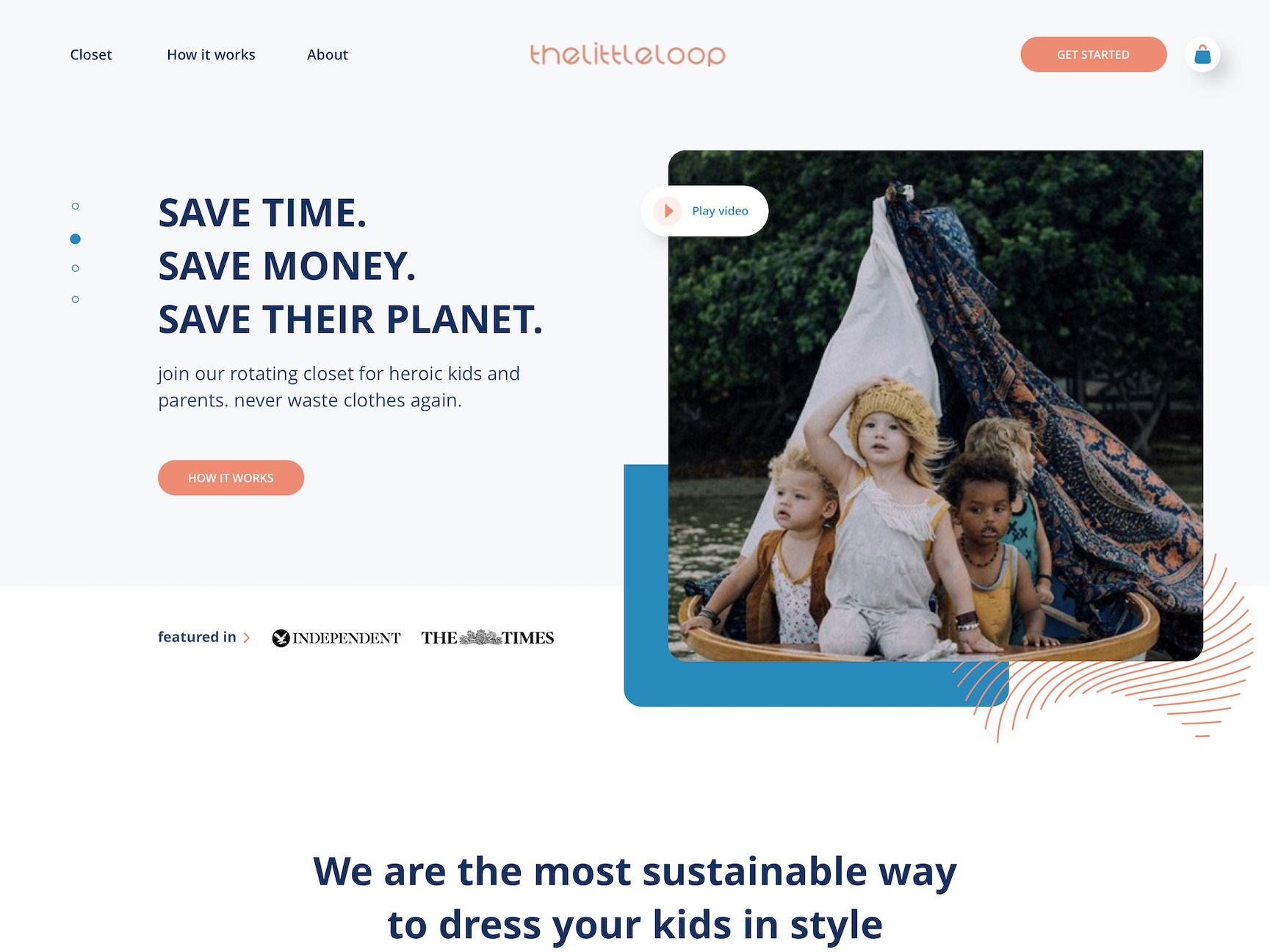
Added: Feb 16, 2021
Last edited: Feb 16, 2021
All too often the objection of consumers to making the shift toward circular consumption is the compromise they feel is inherent in sustainable products. Costs are often increased as a result of the higher quality materials used, and convenience is reduced as consumers are expected to do the legwork to ensure items are refilled, recycled, or reused. Rental has the potential to turn this on its head, particularly in childrenswear, where it makes available mid-end brands at a cost low enough for them to be accessible to mainstream consumers.
The constant cycle of children's clothing is an exhausting chore for parents, and one which carries a high burden of guilt for conscious consumers. To afford children's clothing often requires a compromise of quality and ethics - supermarkets and high street brands dominate owing to a keen price point. While disposal either consumes huge amounts of time, or results in large amounts of clothing going to landfill.
With a Clothing As A Service marketplace such as thelittleloop the opportunity to offer incredible value and convenience opens wide up. Consumers pay around 70% less than retail, and with all of their clothing needs met in one place they save the time and effort otherwise required to shop around for and, crucially, dispose of garments when they are no longer in use.
And because thelittleloop partners with brands, who take a share of rental revenue, quality is a core element of the service. The higher the quality of the garments, the more revenue they will generate for the brands who are thus incentivised to improve their offering.
Clothing as a Service has typically been focussed in the high fashion space, offering value but at a high cost. In the childrenswear vertical, the opportunities for convenience and value driving are considerably larger as it meets a fundamental need and can truly replace clothes purchasing in its entirety, freeing up parental money and time to spend on other more rewarding pursuits. And nullifying their feelings of eco-guilt.
Meanwhile the brands involved are able to amplify their own sustainability messaging, while solving the dichotomy of growth vs environmental responsibility. The low barrier to entry for brands, and the data and potential revenue they are able to earn as a result, mean more and more childrenswear brands are joining the movement, in turn improving the offering for consumers.


Product maintenance, repair
Refurbishment, remanufacturing, renovation
Second-hand sale, distribution
Leasing, rental, pay per use
Subscription-based services
Design for reuse
Design for physical durability
Guidance, dialogue with industry stakeholders
Joint industry ventures, projects, pilots
Data analytics, modelling
Online platforms
Cost Savings
Revenue Potential
Innovation
Scalability
Reduce Emissions (SDG13)
Reduce Material Consumption (SDG12)
Minimise Waste (SDG12)
Save Water (SDG6)
rental
Zero Waste
childrenswear
children
clothing as a service
rental as a service
convenience
value
subscription
